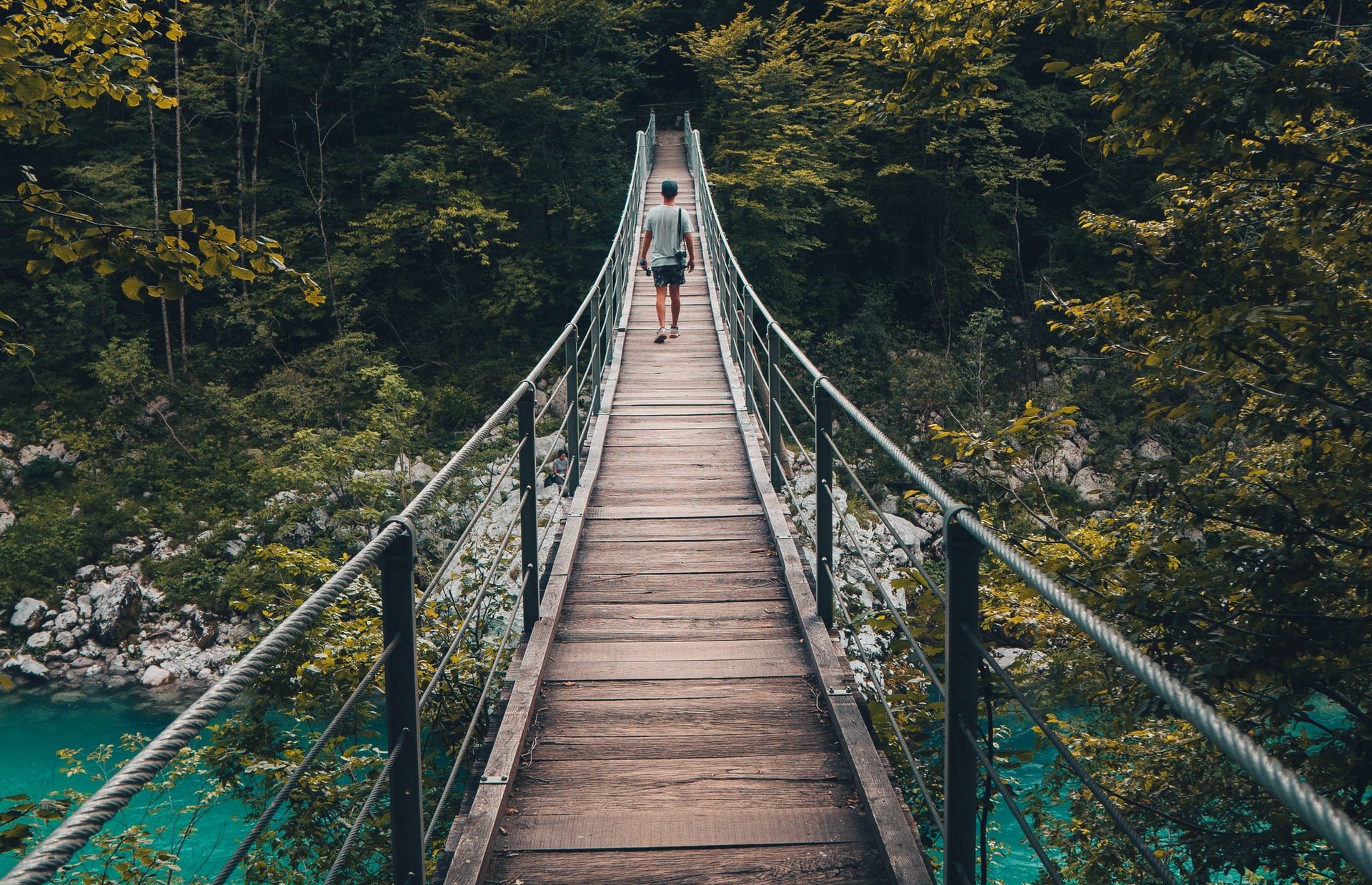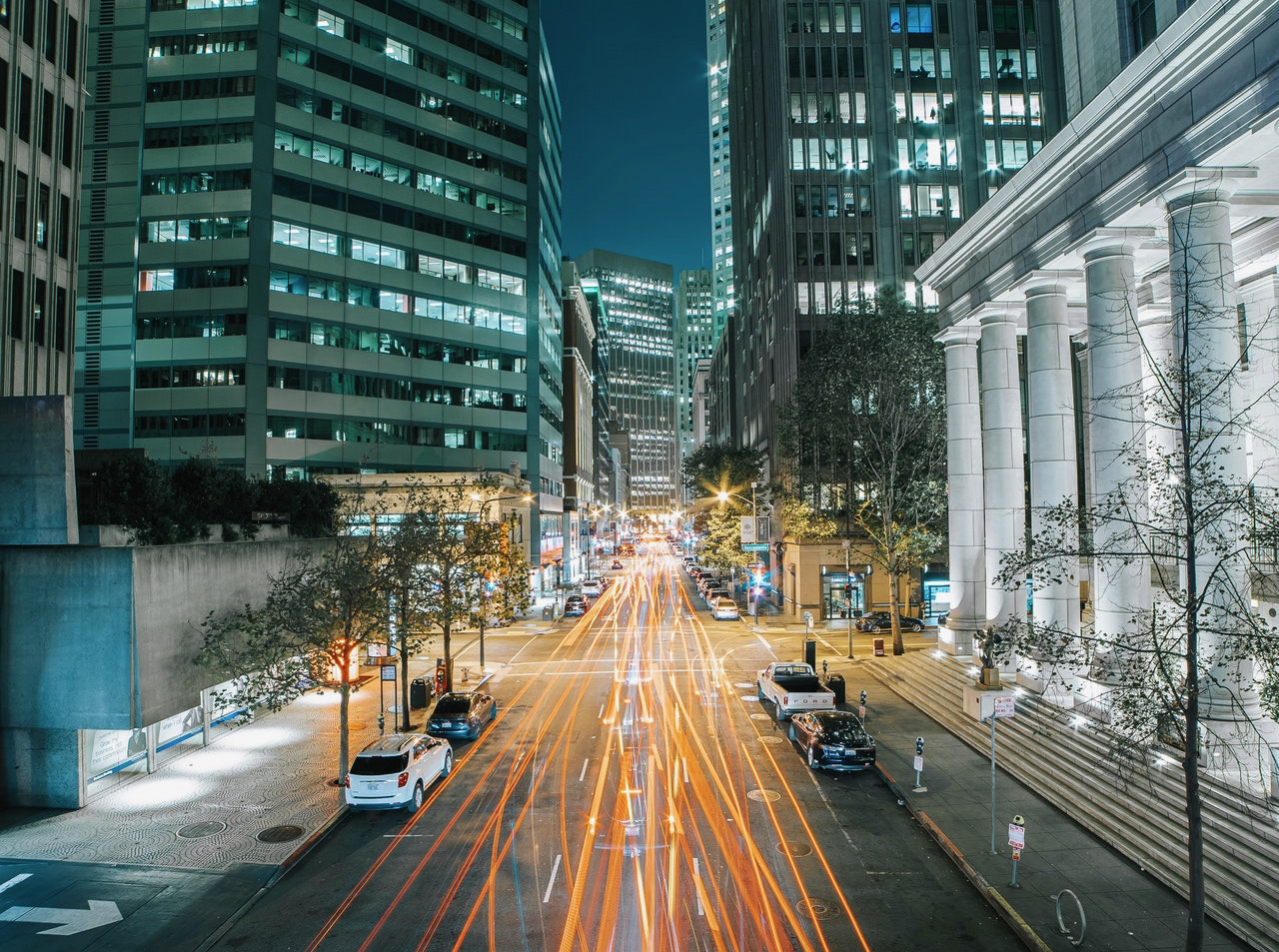How To Use Leading Lines in Photography: A Beginner’s Guide
This entry was posted on September 3, 2021.

Ever notice how some images seem to instinctively catch your eye? Something about them draws you in and directs your focus within the photo more artfully than your average shot. And that something isn’t a trusty DSLR (though they never hurt!).
When everything in a picture seems to organically point towards the subject, you’re looking at one of the oldest photography tricks in the book. This popular and highly effective technique is known as ‘leading lines’.
The name gives a lot of the game away; this tactic is all about leading the viewer’s attention to a point of interest, along a specific, organic line.
It can transform a simple still image into an inspiring and engaging storytelling piece; a photo that takes the viewer on a journey with the subject being shot.
There’s a reason using leading lines in photography is one of the most popular and effective techniques in the business. But how exactly does it work? How can you use leading lines to improve your composition?
Well, read on, friend, because that’s what we’re shining the exposure light on today.
So What Exactly Are Leading Lines?
Leading lines are lines you see in photos that direct your audience’s eyes to the main subject of your composition. They can be anything, from bricks on a wall to railroad tracks or limbs, for example.
By far, the easiest way to truly grasp the concept of leading lines is by studying pictures that utilise them. As they say, after all, a picture speaks a thousand words.
Photographers often use leading lines to create a sense of depth and draw the viewer into the composition.
The key takeaway is that leading lines always guide you to a point of interest within your photo. This differs from using paths – which are similar, but used to direct eyes to the horizon instead.
What Is an Example of Leading Lines in Photography?
It’s easy to get paths and leading lines muddled, especially when you’re new to the concepts. Picture this example:
You’re looking at a photo that leads your eye along a bridge, as if you’re standing on the bridge and looking down its length towards the horizon.
- If there’s a subject on the bridge, let’s say a loved-up couple in a deep embrace – that’s a photo using leading lines.
- If there’s no subject, the bridge just reaches off to the horizon – that’s a photo using a path.
The main difference is that with paths, the focus is on the horizon; with leading lines, the focus is on a subject.

How Can You Spot Leading Lines?
Still confused? Well, essentially, if it looks like a line and can guide the viewer’s eye to a subject, chances are you have found yourself a leading line.
- Rivers
- Logs
- Road markings
- Pointed rocks on a beach
- Lines in the sand
- House walls
- God rays
- Fingers
Leading lines really can be anything.
They’re not limited to naturally occurring lines, either. For example, many great photographers create exceptional compositions using leading lines that they create with props.
The key takeaway is that successful leading lines guide the eye to the main subject of the image. It really is as simple as that.
Skilled photographers can use them to frame and position their photos for maximum artistic impact. And, better yet, they’re easy enough to learn to use. In fact, just by understanding what leading lines are, we’re willing to bet you’ll start noticing them around.
Why Are Leading Lines Important?
If you can learn how to use leading lines, you’ll bring a new level of depth and dynamism to your photos. Rather than simply presenting an image, your composition tells the viewer where to look, what to look at and in what order.
In effect, you’re taking control of the photo’s narrative, helping to communicate the right story. You’re taking viewers on a journey both around and into the photograph.
This is far more effective than allowing the viewer’s eyes to flit around as they see fit. By using leading lines, you’re essentially guaranteeing viewers will identify the primary subject and not miss the point of your photo.
That said, we’re not suggesting you should use leading lines in all your photos, or in all types of photography. They won’t always be suitable for every composition. But in certain cases – landscape shots, for example – they can be a remarkably effective technique.
How Do You Use Leading Lines for Better Composition?
Ok, so you’re on board with what leading lines are, why they’re important and how to spot them. Now it’s time for the juicy parts – how to use them to create better photos.
In a nutshell, it’s as simple as:
- Be on the lookout for them
- Practice using them
Of course, you’re here for something more concrete than that, right? Don’t worry, we’ve got you covered.
To successfully use this technique in your photography, it helps to fully grasp the different types of leading lines. Then you can understand how and when to use them most effectively.
We like to keep things simple wherever possible – you already know that you can find leading lines anywhere, so now we’ll explore the 4 main classifications they fall into.
Horizontal lines
These are the kind of leading lines that reach across the width of your shot. Often, you’ll find they crop up in nature photo opportunities, shooting with wildlife or landscape photography.
These lines help set a scene and draw the viewer into it. You’ll find horizontal lines are fantastic at conveying a state of serenity and balancing your compositions.
If you’ve already taken the leap from smartphone paparazzi to camera aficionado and bagged yourself some pro equipment, you’ll find a wide-angle lens highly effective when shooting horizontal leading lines.
Chances are, you’ll find these some of the simplest leading lines to get started with.

Vertical lines
You guessed it, these are lines that run from the top to bottom (or vice versa, depending on your perspective). Vertical leading lines draw the viewer’s eyes up or down your photo. They are often best used by photographers looking to convey a sense of hierarchy, power or dominance.
If you’re looking to capture photos that present a strong visual impact, you’d do well to keep vertical leading lines in mind.
Fashion photographers often use this type of line to great success. As do those who capture their magic in street photography.
Diagonal lines
Do you have an especially dynamic scene you’re trying to capture? One that’s full of action that you really want your viewers to be drawn into? Then friend, let us introduce you to diagonal leading lines.
These beauties can create multiple points of interest by intersecting with other lines. In doing so, they can move your viewer’s eyes through the scene, suggesting perspective and opening worlds of depth.
Many photographers use diagonal lines to stress a sense of distance, as you’ll often find these lines run from your foreground to your background.
These are perhaps more advanced than your horizontal or vertical lines, and certainly work best when you’ve mastered those core two first.
Converging lines
Effective, this is where we bring all our learning together. Converging lines can be any combination of horizontal, vertical or diagonal leading lines. As you might expect, we’d suggest getting a firm handle on each type of line before you start looking for ways to incorporate them all – particularly as each serves its own purpose.
Successfully combining lines is an artform and will take time and practice to get it right. Keep in mind when you’re practising, it’s often best to position your subject at the axis of your leading lines – that way, you make sure your viewer’s eyes are drawn exactly where you want them.
Final Words
Mastering how to use leading lines takes time, but can improve your photos immensely.
By now, you should have a fairly solid grasp on the basics behind this photography technique. But don’t for a second think leading lines are the bee all end all of captivating compositions.
Lighting conditions, your shutter speed and aperture, the time of day and the angle you take your photos from – there is a lot more to taking exceptional photos than just leading lines.
What we’re sure they will do is help you become a better a photographer.





